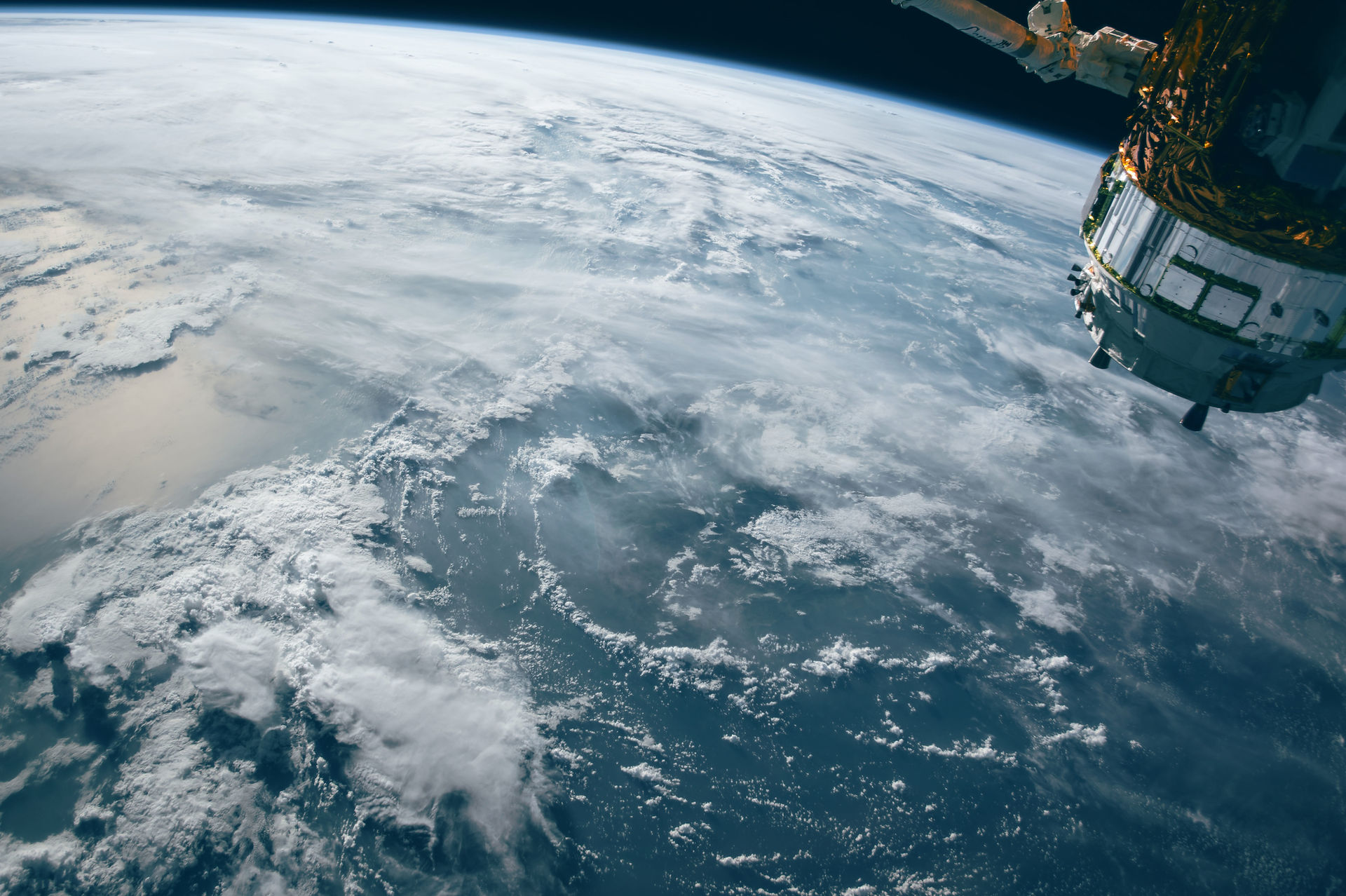Rogue Stars
- Kate Green
- Nov 12, 2024
- 4 min read
by Kate Green
Intergalactic stars, or rogue stars, are unique stars that are not bound to any particular galaxy, traveling alone through the vast stretches of intergalactic space. Unlike typical stars bound to galaxies by gravitational forces, rogue stars have likely been ejected from their original galaxies due to intense gravitational interactions.
Origins and Formation
The exact formation of intergalactic stars is still under study, but scientists propose several main hypotheses:
Galactic Collisions: When galaxies collide, gravitational forces can eject stars into intergalactic space, especially in smaller galaxies where the gravitational pull is weaker.
Encounters with Supermassive Black Holes: Stars in multi-star systems that venture too close to a supermassive black hole (common in the centers of galaxies) can be ejected at high speeds. Some of these ejected stars may even reach hypervelocity, escaping the galaxy entirely.
Discovery
The existence of intergalactic stars was first confirmed in 1997 when the Hubble Space Telescope identified them in the Virgo Cluster, where up to a trillion intergalactic stars are now estimated to exist.
Later discoveries include:
Fornax Cluster: Intergalactic stars were also found in this cluster following the Virgo findings.
Milky Way Edge: Astronomers have identified around 675 rogue stars at the Milky Way’s edge near the Andromeda Galaxy, believed to have been ejected from the Milky Way’s center by its supermassive black hole.
Observation and Properties
Intergalactic stars, particularly hypervelocity stars, are observed using the Doppler technique to measure their high speeds. Some of these stars are moving over a million miles per hour, demonstrating the immense forces that expelled them.
These stars often have distinct characteristics:
High Velocity: Some rogue stars, especially hypervelocity stars, can reach speeds exceeding a million miles per hour.
Metallicity: Rogue stars often have high metallicity, suggesting they originated in the inner regions of galaxies, where younger, metal-rich stars are more common.
Diffuse Radiation: Observations in the 2000s revealed a faint, diffuse glow from the intergalactic medium, likely due to these stars and contributing to the extragalactic background radiation.
Significance
Mass Contribution: It’s estimated that intergalactic stars make up about 10% of the Virgo Cluster’s mass, suggesting their significant presence throughout the universe.
Dark Matter and Mass Mystery: Rogue stars may contribute to the dark matter debate by explaining part of the “missing” mass, particularly through the observed diffuse extragalactic radiation.
Known Locations
Virgo Cluster: The first intergalactic stars were observed here, approximately 300,000 light-years from the nearest galaxy.
Milky Way’s Edge: Around 675 hypervelocity stars have been identified near the Andromeda Galaxy, suggesting they were likely ejected from the Milky Way.
The study of rogue stars continues to provide insight into galactic evolution, dark matter, and cosmic dynamics, as these stars challenge our understanding of how galaxies and star systems interact and evolve.
Image:
The Virgo cluster of galaxies, where the phenomenon known as intergalactic stars was discovered. Photo of the Centre of the Virgo Cluster of Galaxies with names and magnitudes. Credit: Taken by Bernd Gährken at 14. March 1999 from 1:25 to 1:40 CET on Kodak Pro Gold 400. telescope: 900/150mm 1:5 Newton.

Image:
Collisions between galaxies are commonly thought to be a source of intergalactic stars. The Advanced Camera for Surveys (ACS), the newest camera on NASA/ESA Hubble Space Telescope, has captured a spectacular pair of galaxies engaged in a celestial dance of cat and mouse or, in this case, mouse and mouse. Located 300 million light-years away in the constellation Coma Berenices, the colliding galaxies have been nicknamed "The Mice" because of the long tails of stars and gas emanating from each galaxy. Otherwise known as NGC 4676, the pair will eventually merge into a single giant galaxy. Credit: NASA, H. Ford (JHU), G. Illingworth (UCSC/LO), M.Clampin (STScI), G. Hartig (STScI), the ACS Science Team, and ESA - APOD 2004-06-12.

Image:
Proposed mechanisms for the ejection of intergalactic stars by supermassive black holes. This illustration shows one possible mechanism for how the star HE 0437-5439 acquired enough energy to be ejected from our Milky Way galaxy. Credit: NASA, ESA, O. Gnedin (University of Michigan, Ann Arbor), and W. Brown (Harvard-Smithsonian Center for Astrophysics, Cambridge, Mass.) - http://hubblesite.org/newscenter/archive/releases/2010/19/image/c/

References:
Graham, M. L.; Sand, D. J.; Zaritsky, D.; Pritchet, C. J. (2 July 2015). "Confirmation of Hosess y07 (1): 83.
"NewsCenter – Hubble Finds Intergalactic Stars (01/14/1997)". HubbleSite. 14 January 1997.
Witze, Alexandra (2014). "Half of Stars Lurk Outside Galaxies". Nature. Nature Publishing Group.
Tillman, Nola Taylor (27 August 2015). "Lonely Supernova Likely Exiled by Merging Black Holes". Space.com.
Roy Britt, Robert (26 January 2006). "Exiled Stars: Milky Way Boots Members". Space.com.
"Hyperfast Star Was Booted From Milky Way". NASA Science. 21 July 2010.
Cooray, Asantha; Smidt, Joseph; De Bernardis, Francesco; et al. (2012). "A measurement of the intrahalo light fraction with near-infrared background anisotropies". Nature. 490 (7421): 514–516.
Zemcov, Michael; Smidt, Joseph; Arai, Toshiaki; et al. (7 November 2014). "On the origin of near-infrared extragalactic background light anisotropy". Science. 346 (6210): 732–735.
Salisbury, David (30 April 2012). "Rogue stars ejected from the galaxy found in intergalactic space". Research News. Vanderbilt University.
Stallard, Brian (7 June 2015). "Between Galaxies: Lonely Supernovae Identified". Nature World News.
de la Fuente Marcos, R.; de la Fuente Marcos, C. (8 July 2019). "Flying far and fast: the distribution of distant hypervelocity star candidates from Gaia DR2 data". Astronomy and Astrophysics. 627: A104 (17 pp.).
"Giant Gas Cloud Surrounds Our Milky Way Galaxy". Space.com. 24 September 2012.
Choi, Charles Q. (6 November 2014). "Lost in Space: Half of All Stars Drifting Free of Galaxies". Space. Purch.



Comments